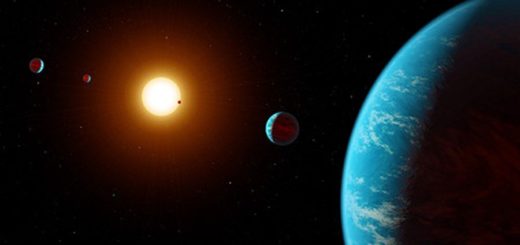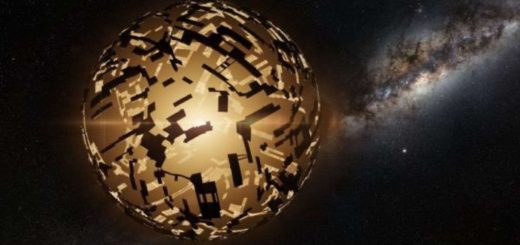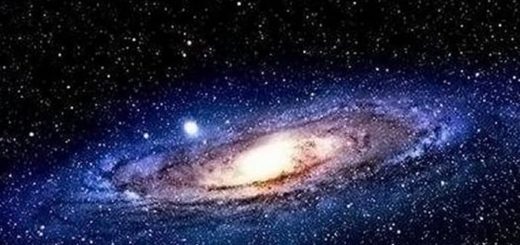Milky Way may be full of aliens who annihilated themselves, study says

No one can say for certain whether extraterrestrial civilizations exist, but one new study suggests the Milky Way is full of them, though many could be dead.
The research, which can be read on the arXiv repository, was written by experts at NASA’s Jet Propulsion Laboratory, California Institute of Technology and Santiago High School in Corona, Calif. It uses the famous Drake Equation and determined that intelligent life may have emerged some 8 billion years after the Milky Way formed.
“As we cannot assume a low probability of annihilation, it is possible that intelligent life elsewhere in the galaxy is still too young to be observed by us,” the researchers wrote in the study. “Therefore, our findings can imply that intelligent life may be common in the galaxy but is still young, supporting the optimistic aspect for the practice of [search for extraterrestrial intelligence].”
The experts also looked at where other civilizations may live in the universe, noting they are likely to reside on planets in the galactic habitable zone, places in the galaxy where there is an abundance of metals. This could be approximately 13,000 light-years from the galactic center, the researchers noted.
By comparison, the solar system and Earth are approximately 25,000 light-years from the galactic center. A light-year, which measures distance in space, is approximately 6 trillion miles.
However, the researchers also noted the potential for self-annihilation in galactic intelligent life to be “highly influential,” suggesting any intelligent life may have already destroyed themselves.
“[I]f intelligent life is likely to destroy themselves, it is not surprising that there is little or no intelligent life elsewhere,” the researchers added.
Though there is no “explicit” evidence that intelligent life will eventually annihilate themselves, the researchers cited research dating back to the 1960s that progress in science and technology “will inevitably lead to complete destruction and biological degeneration.”
Some potential scenarios put forth by the researchers include war, climate change and the development of biotechnology.
More than 4,500 exoplanets have been discovered so far, with only a small portion thought to have the properties to contain life. A study published in November suggested that the galaxy may actually contain 300 million planets capable of supporting life.



 Creators of mankind
Creators of mankind Description of “Tall white aliens”
Description of “Tall white aliens” Where they came from?
Where they came from? About hostile civilizations
About hostile civilizations The war for the Earth
The war for the Earth “Tall white aliens” about eternal life
“Tall white aliens” about eternal life Video: “Nordic aliens”
Video: “Nordic aliens” Aliens
Aliens Alien encounters
Alien encounters The aliens base
The aliens base UFO
UFO Technology UFO
Technology UFO Underground civilization
Underground civilization Ancient alien artifacts
Ancient alien artifacts Military and UFO
Military and UFO Mysteries and hypotheses
Mysteries and hypotheses Scientific facts
Scientific facts


















